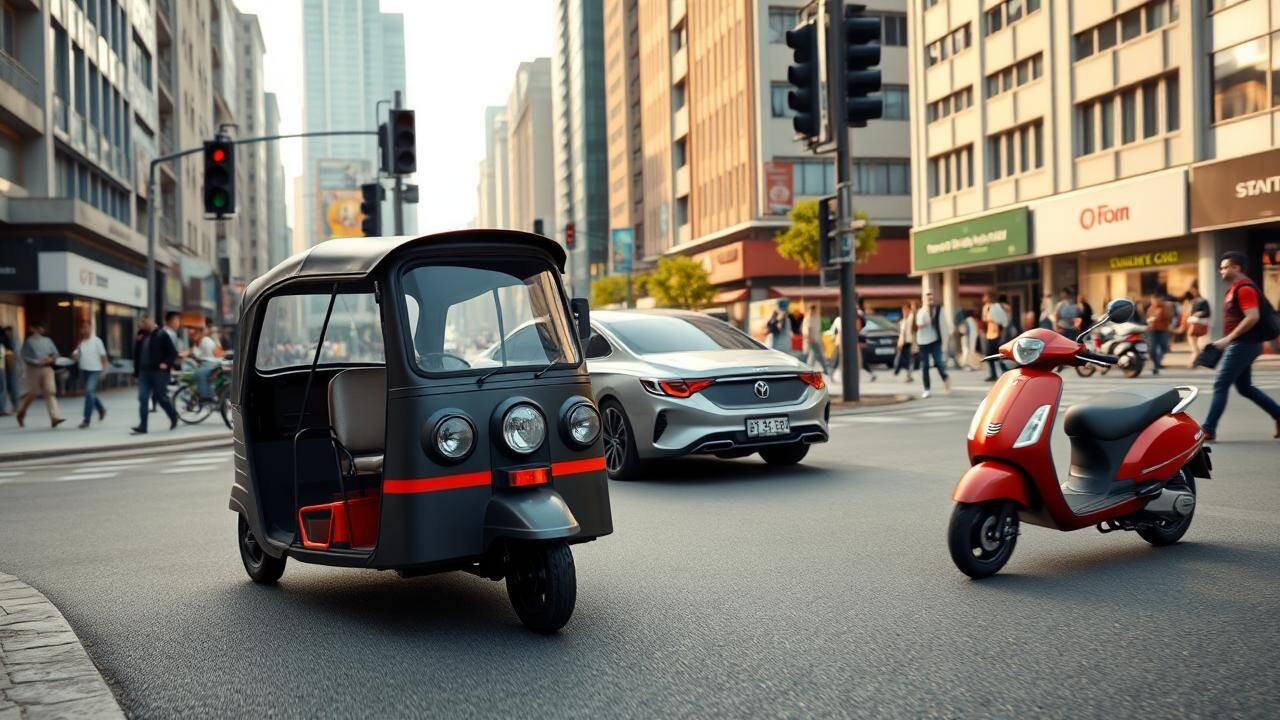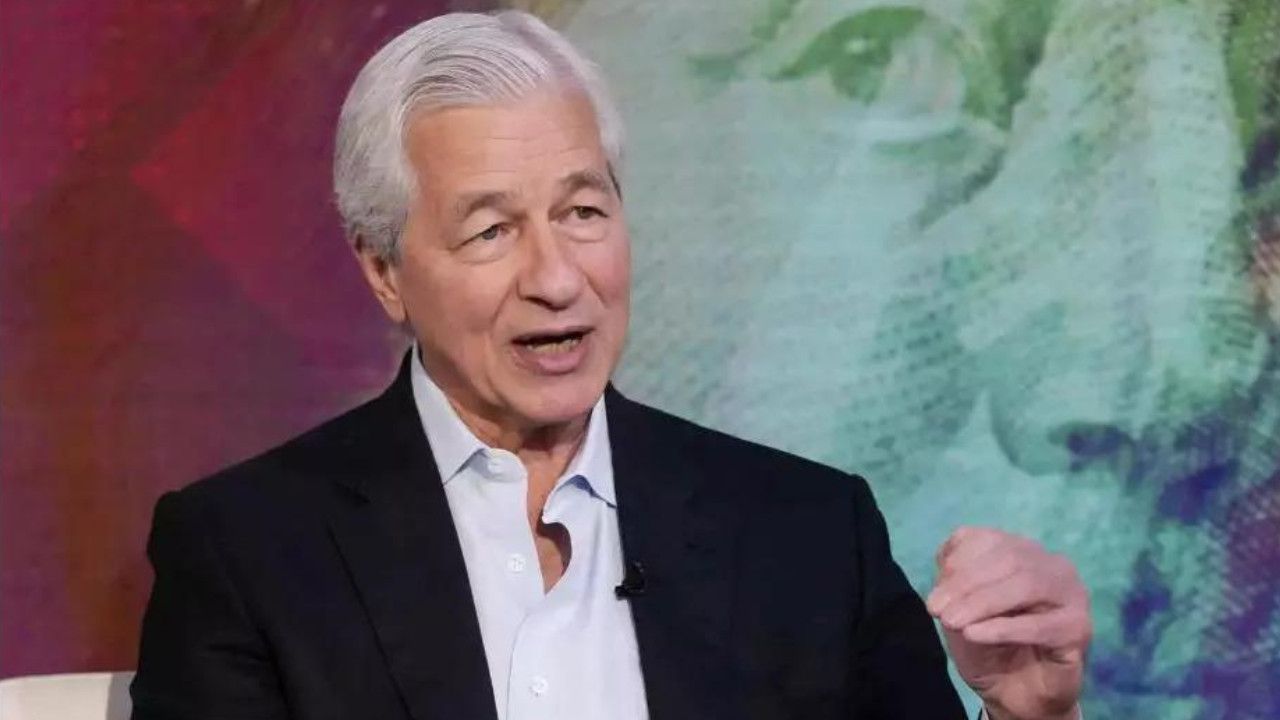May 2025 witnessed steady performance across vehicle segments in India, with total domestic sales reaching 20,12,969 units. Two-wheelers, particularly scooters, and passenger vehicles drove growth, while three-wheelers experienced a slight downturn. Optimism surrounds the sector due to recent RBI repo rate cuts and predictions of favorable monsoons, expected to boost affordability and consumer confidence in the coming months.
Riding the Bumpy Road: A Look at India’s Auto Sales This May
Okay, let’s talk cars (and bikes, and a little bit about those hardworking three-wheelers). It’s that time of year again – the auto sales figures are in for May, and they paint a rather interesting picture of what’s happening on Indian roads and in Indian wallets. Forget doom and gloom headlines; we’re digging a little deeper than just the numbers.
First things first: the overall market seems to be holding its own, chugging along at a reasonable pace. We’re not talking a rocket launch, but definitely not a flat tire either. The headline? Two-wheelers and passenger vehicles are pulling the weight, while the three-wheeler segment seems to be taking a bit of a breather.
Let’s start with the stars of the show: those two-wheeled wonders. The scooter and motorcycle market is revving up nicely. And honestly, it’s not hard to see why. With fuel prices still a constant point of discussion around the dinner table, and urban traffic resembling a slow-motion demolition derby, bikes and scooters offer a compelling combination of affordability and maneuverability. Plus, let’s be real, they’re just plain fun! I personally have been eyeing that new electric scooter – talk about a guilt-free commute! The convenience factor is undeniable, and manufacturers are really stepping up their game with sleeker designs and better performance. It’s a winning formula, and the sales figures clearly reflect that.
Passenger vehicles, meaning your everyday cars and SUVs, are also cruising along quite comfortably. This tells us something important about consumer confidence. Buying a car is a big decision, a substantial investment. The fact that people are still making those decisions at a steady pace suggests a certain level of optimism about their personal finances and the overall economic climate. Are we out of the woods entirely? Probably not. But the car market is a decent barometer, and right now, it’s reading “cautiously optimistic.” Of course, the SUV craze isn’t exactly a secret. Everyone wants to feel like they’re conquering the road, even if it’s just navigating the potholes on the way to the office. Automakers have cleverly tapped into this aspirational desire, offering a dizzying array of SUVs at various price points.
Now, let’s turn our attention to the slightly less shiny corner of the market: the three-wheelers. Here, the story is a little different. Demand seems to be softening, and that’s something worth paying attention to. Three-wheelers, particularly auto-rickshaws, are the lifeblood of many Indian cities, providing affordable and accessible transportation to millions. A slowdown in this sector could indicate a few things. Perhaps it’s a sign of increasing competition from ride-hailing apps, which offer a more comfortable, though often more expensive, alternative. It could also reflect tighter lending practices, making it harder for drivers to finance new vehicles. Or, perhaps, it’s simply a natural market correction after a period of rapid growth. Whatever the reason, it’s a trend that warrants closer scrutiny in the coming months.
Zooming out a bit, what are the bigger forces at play here? Well, the Indian auto market is a fascinating tapestry woven with threads of affordability, aspiration, and practicality. The rising disposable incomes, particularly in urban areas, are fueling the demand for personal mobility. But, and this is a big but, cost sensitivity remains a major factor. Consumers are looking for value for money, and manufacturers who can deliver that will ultimately win the day.
Another key element is the ongoing shift towards electric vehicles (EVs). While EVs still represent a relatively small slice of the overall market, their presence is growing steadily. Government incentives, coupled with increasing awareness of environmental concerns, are slowly but surely nudging consumers towards electric options. The two-wheeler segment is leading the charge in this regard, with a growing number of electric scooters hitting the streets. The real challenge lies in scaling up EV infrastructure, particularly charging stations, to make them a truly viable option for the masses.
Looking ahead, the Indian auto market is likely to remain a dynamic and competitive landscape. Factors like evolving emission norms, fluctuating fuel prices, and the increasing penetration of technology will continue to shape the industry. The manufacturers who can adapt to these changes, embrace innovation, and understand the evolving needs of Indian consumers will be the ones who thrive in the long run.
So, while the May sales figures offer a snapshot of the current situation, they also hint at the underlying trends that are shaping the future of Indian mobility. It’s a bumpy road ahead, no doubt, but one filled with exciting possibilities and opportunities. And, frankly, I can’t wait to see what’s around the next bend. Pass the chai, and let’s keep watching!







